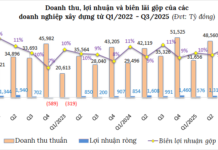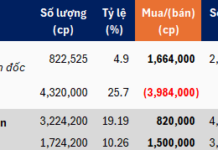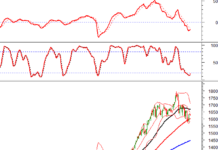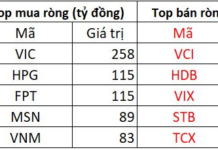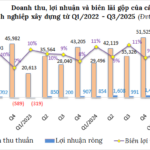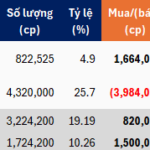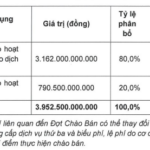Since the debut of the first iPhone in 2007, Apple has consistently positioned the camera module in the top-left corner of the device’s rear. This placement persisted through generations, from single-lens cameras to the triple-camera setup on the iPhone 11. However, as camera sensors grew larger and more advanced, while phones became thinner, this design began to show its limitations.
The result? When placed on a flat surface, every tap to send a message, respond to an email, or simply browse the web caused the iPhone to wobble uncomfortably. This issue was particularly noticeable for those who work alongside their phones, making it a common frustration.
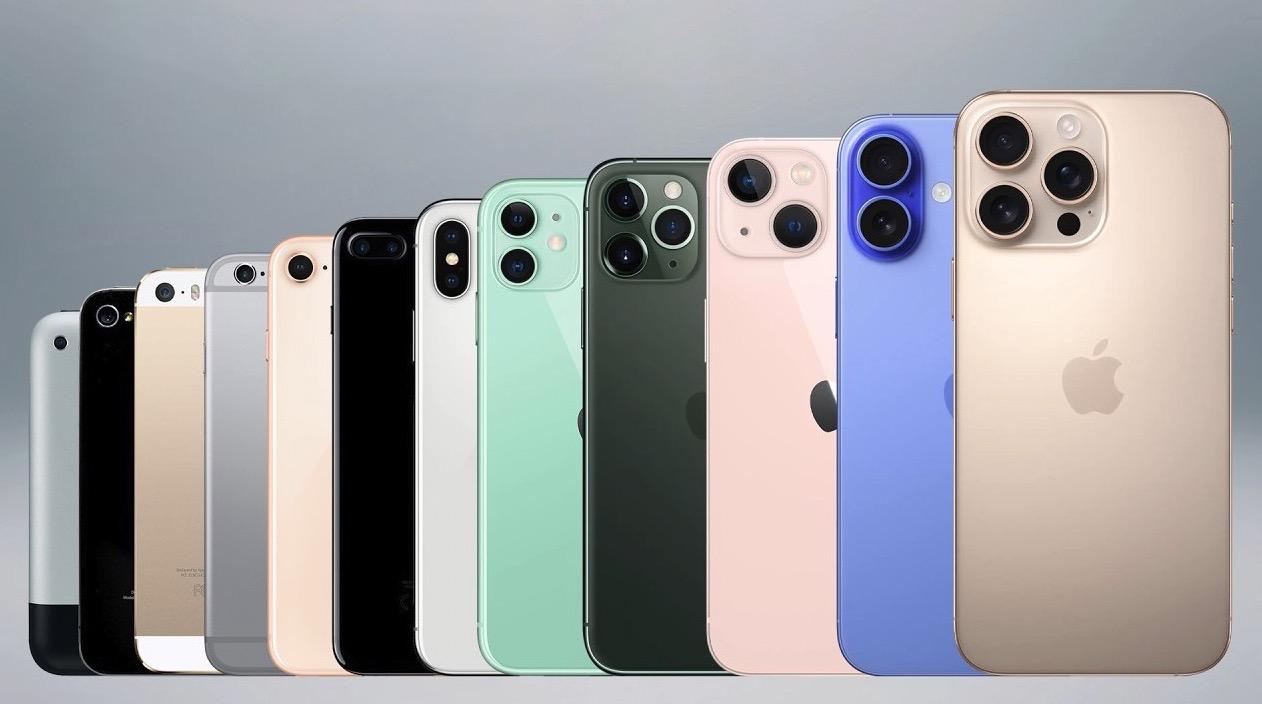
Evolution of iPhone cameras prior to the iPhone 17 series.
With the iPhone 17, Apple has finally addressed this decade-long issue. Except for the standard iPhone 17 model, the entire new lineup features a horizontal camera bar across the rear. This design not only reduces the annoying wobble but also lends a more balanced aesthetic to the device.
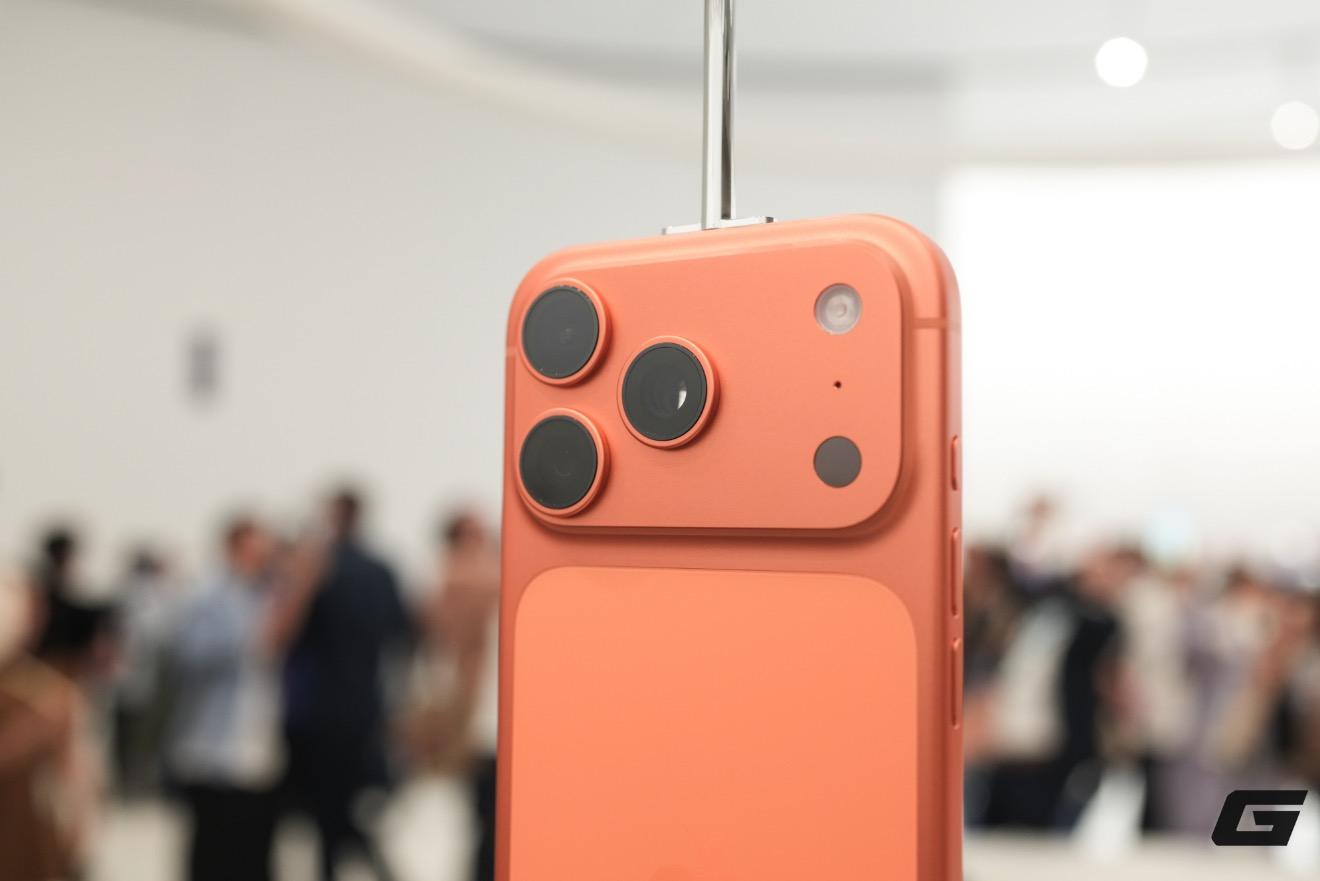
New camera module on the iPhone 17 Pro and Pro Max.

The wobbling issue is significantly reduced on the iPhone 17 Pro Max.
The horizontal camera bar concept isn’t entirely new. Google pioneered this design with the Pixel 6, featuring a camera bar spanning the entire width of the rear. Long before that, the Nexus 6P, a collaboration between Google and Huawei, experimented with a similar layout. The benefits are clear: evenly distributing the weight and size of the camera module enhances stability and grip, transforming the phone from a wobbly gadget into a solid, flat device when placed on a surface.
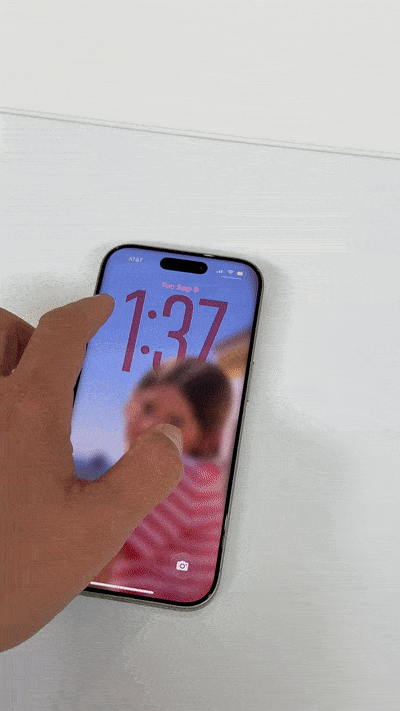
iPhones with a side-mounted camera module wobble significantly when tapped on a flat surface.
While the iPhone 17 Pro/Pro Max and iPhone Air cameras still protrude slightly above the horizontal bar, this change makes a substantial difference. Instead of being offset to one side, the camera module is now evenly distributed, significantly improving balance when the phone is placed on a table. Users can now interact with their devices without the distracting wobble of previous generations.
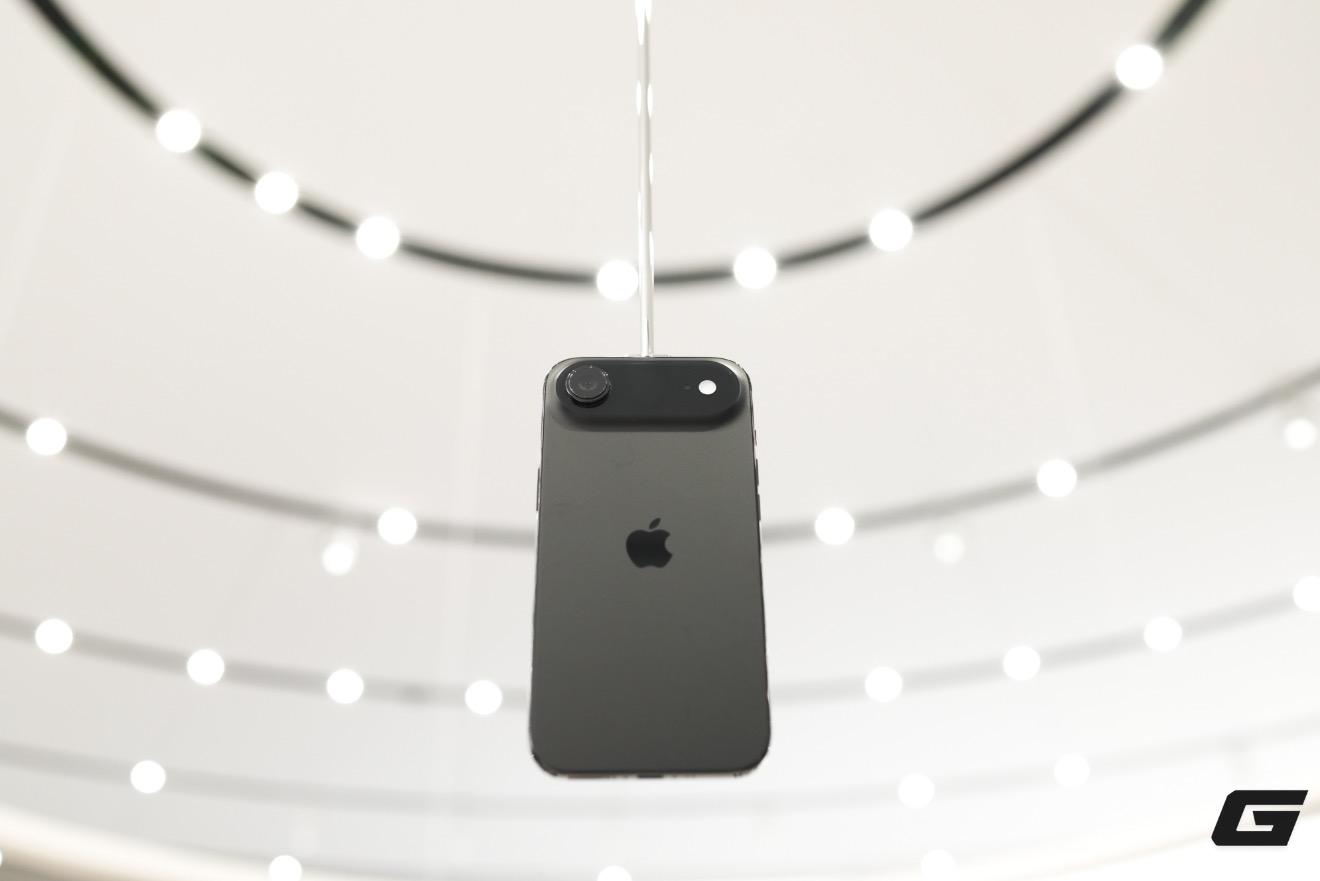
The iPhone Air’s single rear camera would likely wobble severely without the horizontal camera bar.
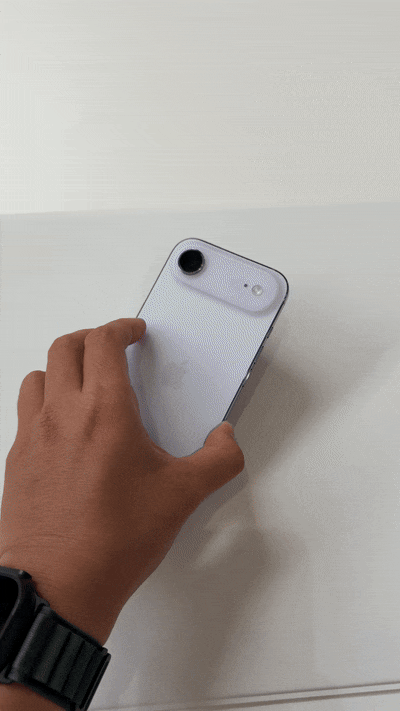
Thanks to the horizontal camera design, the iPhone Air remains stable during use.
Aesthetically, beauty is subjective, but the horizontal camera bar undeniably creates balance, enhancing the user experience. This isn’t the first time Apple has faced controversy over camera design changes. The iPhone 11’s triple-camera setup was initially ridiculed for its unusual appearance, yet it became a standard emulated by Android manufacturers. Similarly, the iPhone 17’s horizontal camera bar may soon become a widespread trend.
For years, users have adapted to the protruding camera module in the top-left corner, opting for thicker cases or makeshift solutions to minimize wobble. The iPhone 17’s camera redesign marks a significant shift, improving both aesthetics and daily usability.











